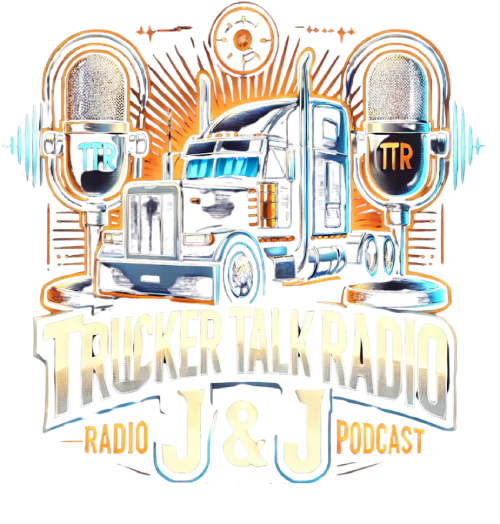The beginning of a new year presents an opportunity for companies to develop budgets and establish financial objectives.
A Morgan Stanley survey indicates that numerous fleets anticipate sustained tight capacity, high demand, and elevated rates this year. Carriers are optimistic that extensive vaccine distribution will lead to a stronger 2021, especially for transportation sectors that struggled in 2020, such as food service and industrial sectors.
While many aspects of the market are beyond the control of fleets, companies can track and compare their operational costs against industry benchmarks.
Each year, the American Transportation Research Institute (ATRI) gathers cost information from truckload (TL), less-than-truckload (LTL), and specialized fleets, compiling it into an annual report. The latest of these was released in Q4 2020.
The following charts display operational cost trends for fleets based on ATRI’s findings.
Total Truck Operational Costs
Average marginal costs per mile
Cost Trends
Average operational costs per mile in trucking fluctuate yearly due to various factors, including driver wages, equipment expenses, tolls, and fuel. According to ATRI, costs dropped by 9% for TL carriers and 3.5% for LTL carriers from 2018 to 2019, owing to reduced costs in several categories after the freight boom in 2018.
Future Outlook
ATRI observed that the reduction in operational costs was not uniform across all sectors—specifically, private truck costs rose from $2.73 in 2018 to $2.80 in 2019. “The widening cost gap between for-hire and private fleets might lead to increased reliance on for-hire carriers in the future,” ATRI mentioned in its report. A trend of private fleets transitioning to dedicated carriage is beginning to emerge, particularly as the COVID-19 pandemic created market volatility that made contracts a more appealing option for many fleets.
Truck Driver Wages and Benefits
Average marginal costs per mile
Wage Trends
Driver wages remain the largest component of operational costs for fleets, reaching some of their highest levels since ATRI began tracking this data, despite a small decline from 2018 to 2019. The ongoing shortage of drivers has compelled companies to raise wages to attract new talent and retain current drivers. Over 90% of fleets in ATRI’s survey provide health insurance, and nearly 90% offer paid vacation, although less than half report providing paid sick leave.
Future Outlook
Wages in the trucking industry generally follow trends in the spot market, which surged in 2020 as demand for e-commerce grew. If the spot market continues to prosper in 2021, wages are likely to rise as well. ATRI predicts that the driver shortage will worsen over the next decade, potentially reaching a deficit of 160,000 drivers by 2028. Consequently, fleets are adapting to facilitate more appealing driving conditions, such as offering regional routes instead of long hauls and integrating driver feedback into decision-making.
Truck and Trailer Costs
Average marginal costs per mile
Cost Trends
Leasing and purchasing costs for fleets decreased by 2.3% in 2019 after a strong uptick in truck purchases in 2018. However, overall costs have risen significantly over the past decade. Data from 2020 is expected to demonstrate increases in truck and trailer purchase costs per mile as fleets ramped up equipment buying during the latter part of the year.
Future Outlook
According to ATRI, truck leasing and purchasing costs are likely to remain stable in the coming year, as fleets have already secured build slots for 2021 amid sustained freight demand. Increased activity is also anticipated in the used-truck market due to many smaller carriers and owner-operators entering the industry.


